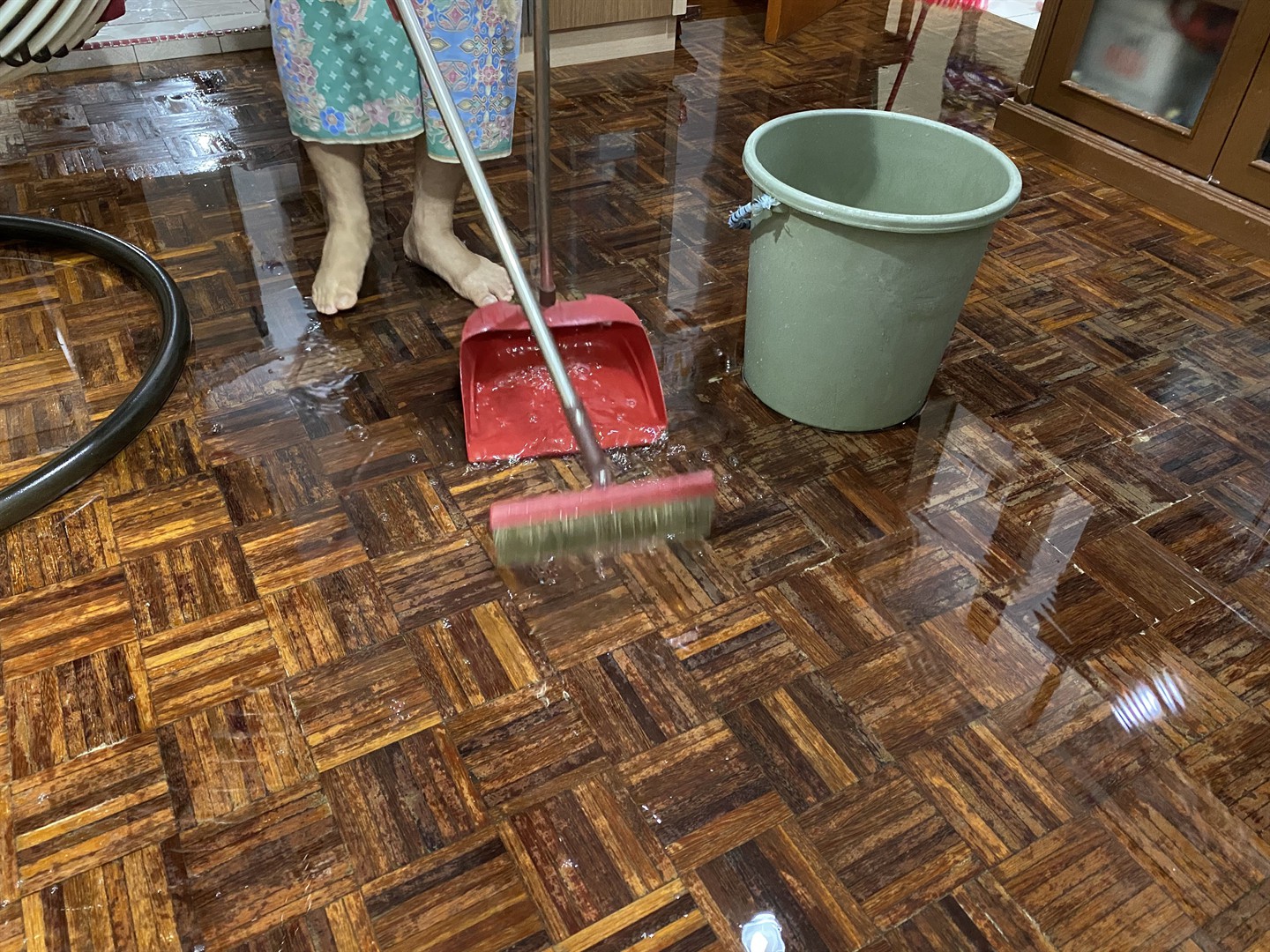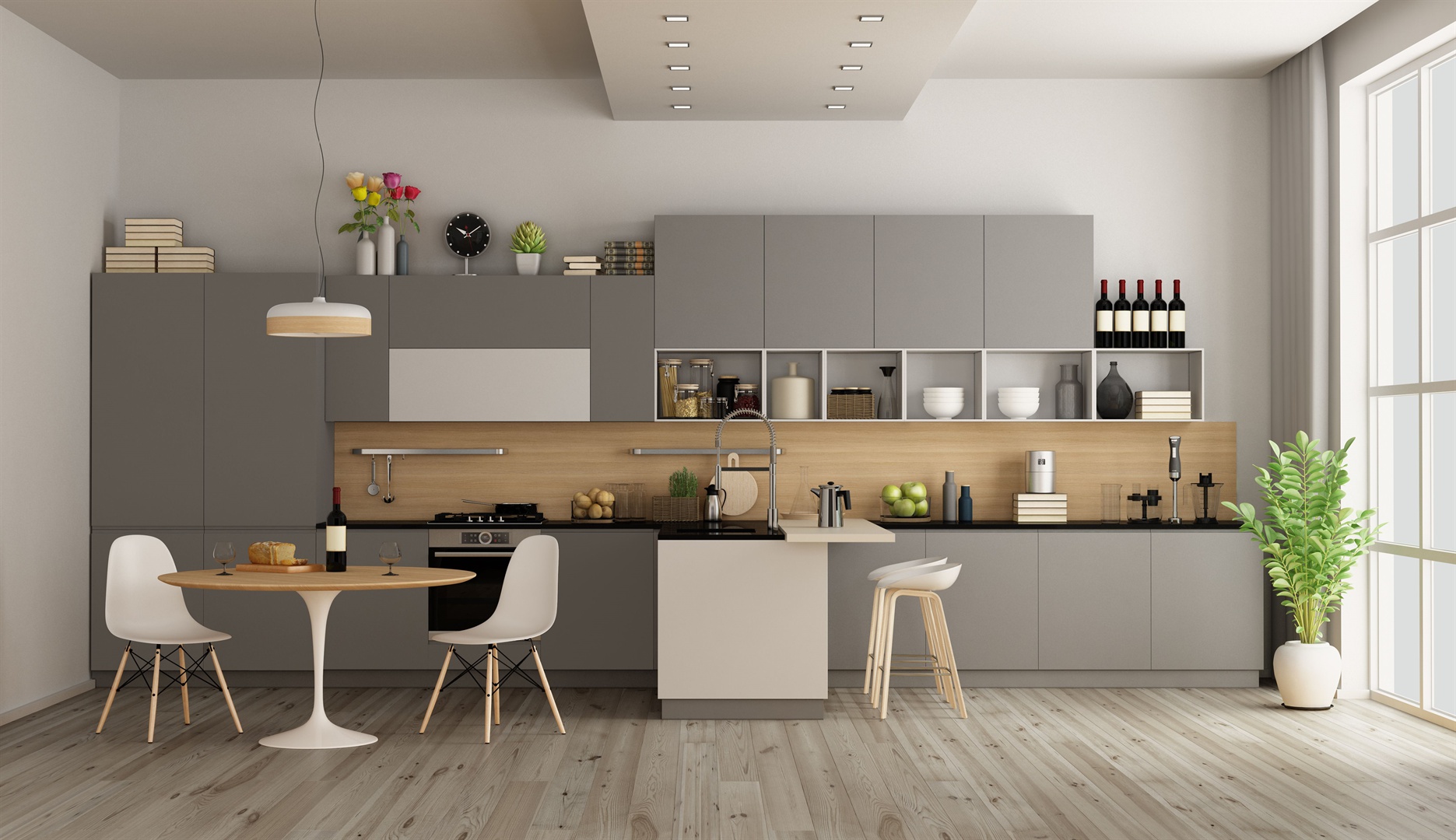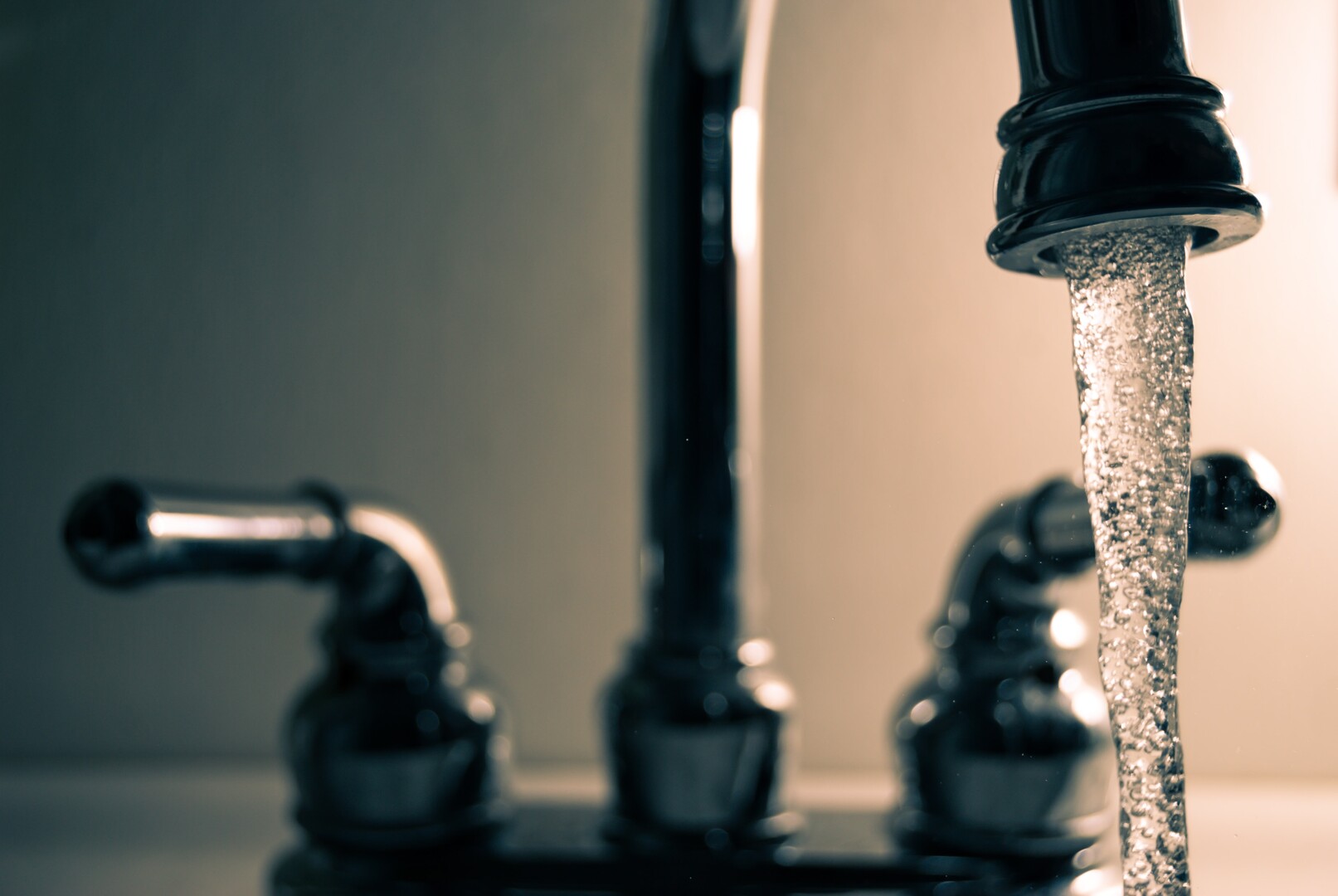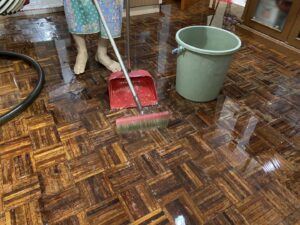Spigots and faucets are two plumbing devices that are commonly used in households, commercial buildings, and industries. Both spigots and faucets serve the same purpose of regulating the flow of water, but they have different features, functions, and usage. This essay will explore the difference between spigots and faucets, including their features, functions, and usage.
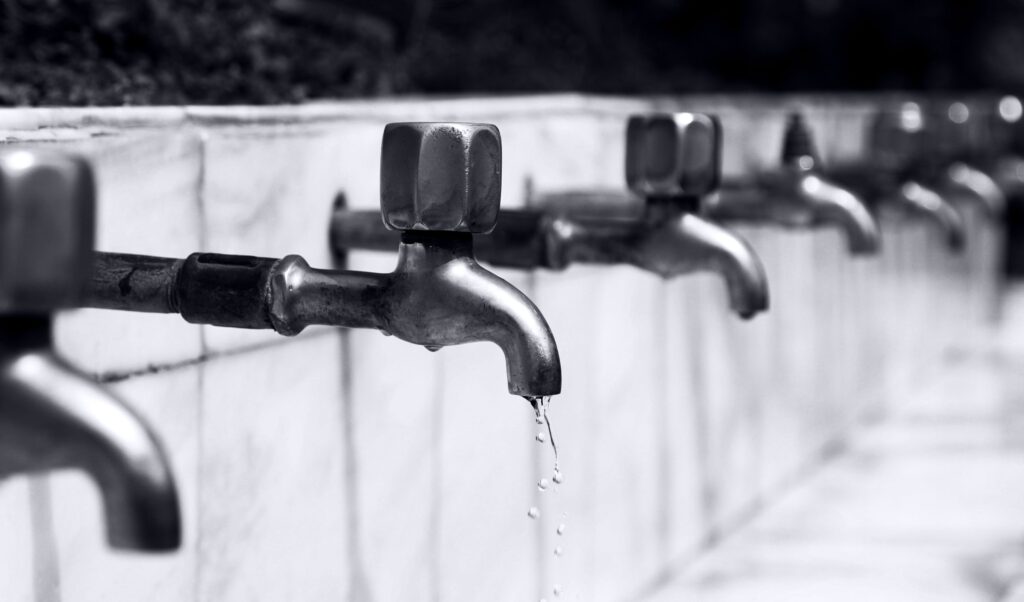
1. About Spigot
1.1 What is a Spigot?
A spigot is a plumbing device that is used to control the flow of liquids, such as water or beer. It is a simple valve that is attached to a container or pipe and is designed to be turned on and off with a handle. Spigots are commonly used in outdoor settings, such as in gardens, where they are attached to rain barrels to collect rainwater for plants. Spigots are also commonly used in camping and recreational activities, where they are attached to water containers for easy access to drinking water.
1.2 Features of a Spigot
Spigots are relatively simple devices that have a few key features. The most important feature of a spigot is its handle, which is used to turn the spigot on and off. Spigots also have a spout, which is the part of the spigot that water flows through. The spout is usually made of metal or plastic and is designed to be durable and long-lasting.
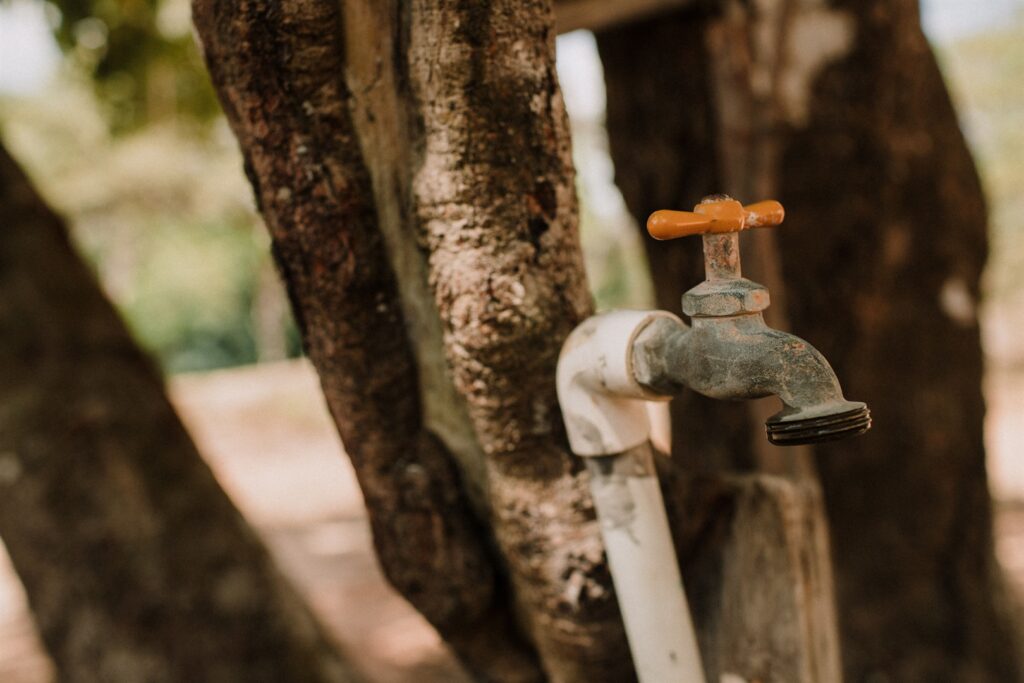
1.3 Functions of a Spigot
The main function of a spigot is to regulate the flow of water. When the handle of a spigot is turned, it opens a valve that allows water to flow through the spout. When the handle is turned off, the valve is closed, and the flow of water stops. Spigots are also designed to be easy to use and require no special knowledge or tools to operate.
1.4 Usage of a Spigot
Spigots are commonly used in outdoor settings, such as gardens, where they are attached to rain barrels or water containers. They are also used in camping and recreational activities, where they are attached to water containers for easy access to drinking water. Spigots can also be found in industrial settings, such as on storage tanks or fuel tanks, where they are used to regulate the flow of liquids.
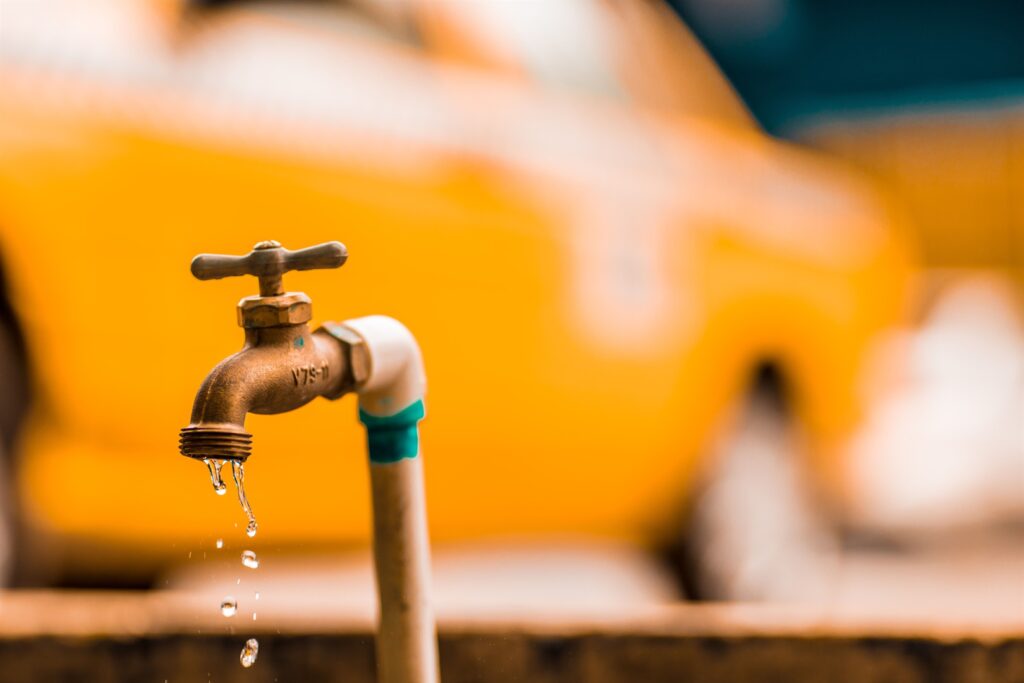
2. About faucet
2.1 What is a Faucet?
A faucet is a plumbing device that is used to control the flow of water in sinks, bathtubs, and showers. Unlike spigots, which are typically used in outdoor settings, faucets are commonly used indoors. Faucets come in a variety of styles and designs, ranging from simple and functional to elaborate and decorative.
2.2 Features of a Faucet
Faucets have several key features that make them different from spigots. The most noticeable feature of a faucet is its design. Faucets are typically designed to match the style and decor of the room they are installed in. Faucets also have a handle, which is used to turn the water on and off. Some faucets have separate handles for hot and cold water, while others have a single handle that controls both. Faucets also have a spout, which is the part of the faucet that water flows through. The spout is usually designed to be long enough to reach the sink or bathtub and is often angled to prevent splashing.
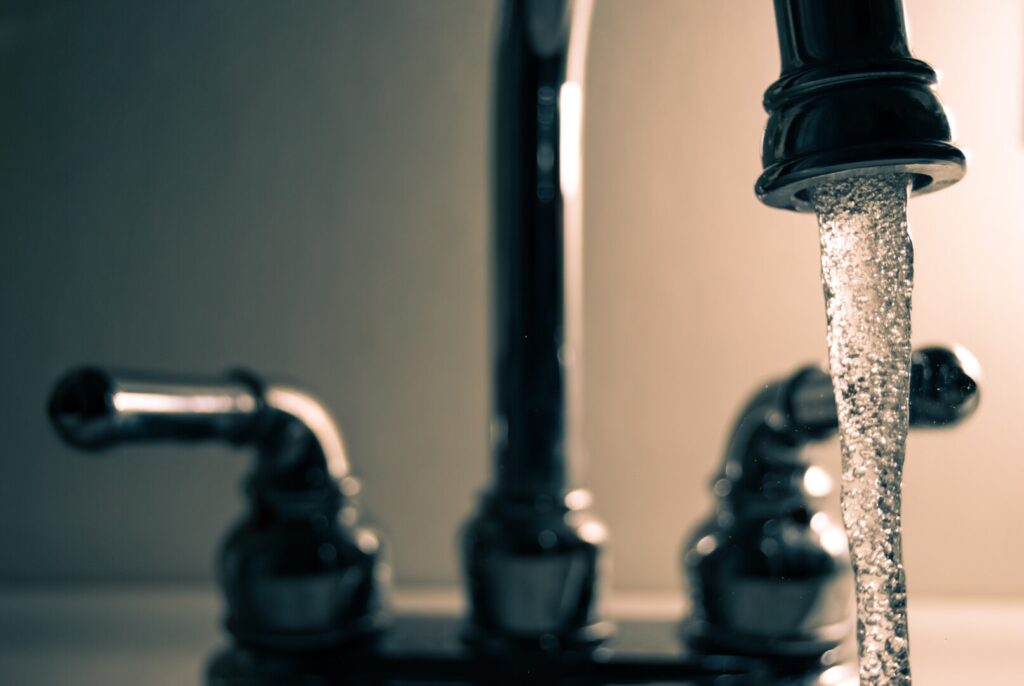
2.3 Functions of a Faucet
The main function of a faucet is to control the flow of water in sinks, bathtubs, and showers. When the handle of a faucet is turned, it opens a valve that allows water to flow through the spout. Faucets are also designed to be easy to use and require no special knowledge or tools to operate. Many faucets also have additional features, such as aerators, which reduce the amount of water that flows through the faucet, and sprayers, which allow for a more targeted flow of water.
2.4 Usage of a Faucet
Faucets are primarily used indoors in residential and commercial settings. They are commonly found in kitchens and bathrooms, where they are used for tasks such as washing dishes, cleaning hands, and taking showers or baths. Faucets can also be found in other areas of commercial buildings, such as in laboratories or hospitals, where they are used for more specialized purposes.
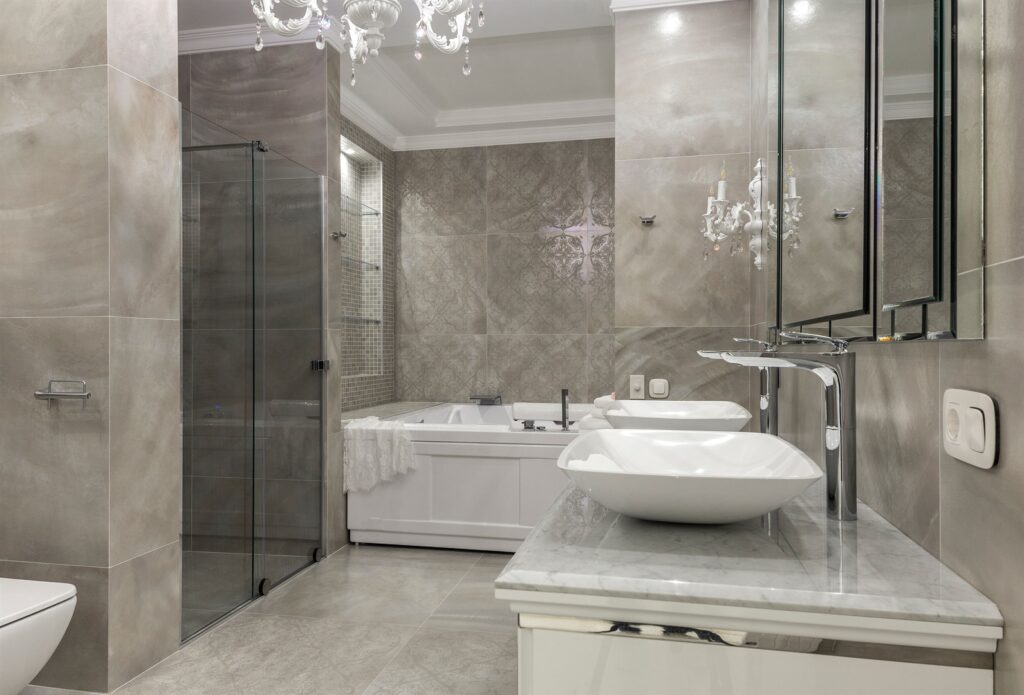
3. Differences Between Spigots and Faucets
While spigots and faucets share the common purpose of regulating the flow of water, they have several key differences. One of the most significant differences is their design and usage. Spigots are typically used in outdoor settings and are designed to be simple and functional, with a focus on durability and ease of use. Faucets, on the other hand, are designed to match the decor of the room they are installed in and often have additional features, such as aerators and sprayers, to enhance their functionality.
Another difference between spigots and faucets is their construction and installation. Spigots are often made of simple materials, such as plastic or metal, and are attached to a container or pipe with a simple screw-on connection. Faucets, on the other hand, are often made of more durable materials, such as brass or stainless steel, and require more complex installation procedures, including mounting and connecting to plumbing systems.
Finally, spigots and faucets differ in their cost and availability. Spigots are generally less expensive than faucets and are widely available at hardware stores and online retailers. Faucets, on the other hand, can be more expensive and may require professional installation, making them less accessible to some consumers.
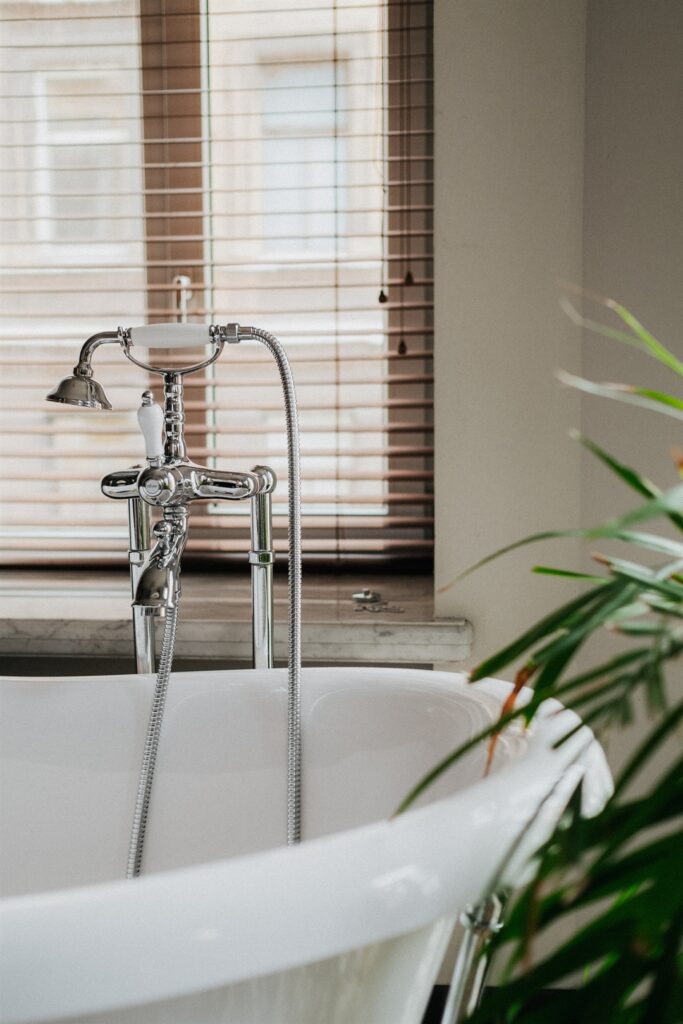
Conclusion
In conclusion, spigots and faucets are two plumbing devices that are commonly used to regulate the flow of water. While they share the same purpose, they have several key differences in their design, construction, and usage. Spigots are typically used in outdoor settings and are designed to be simple and functional, while faucets are designed to match the decor of indoor spaces and often have additional features to enhance their functionality. By understanding the differences between spigots and faucets, consumers can choose the right device for their specific needs and preferences.




